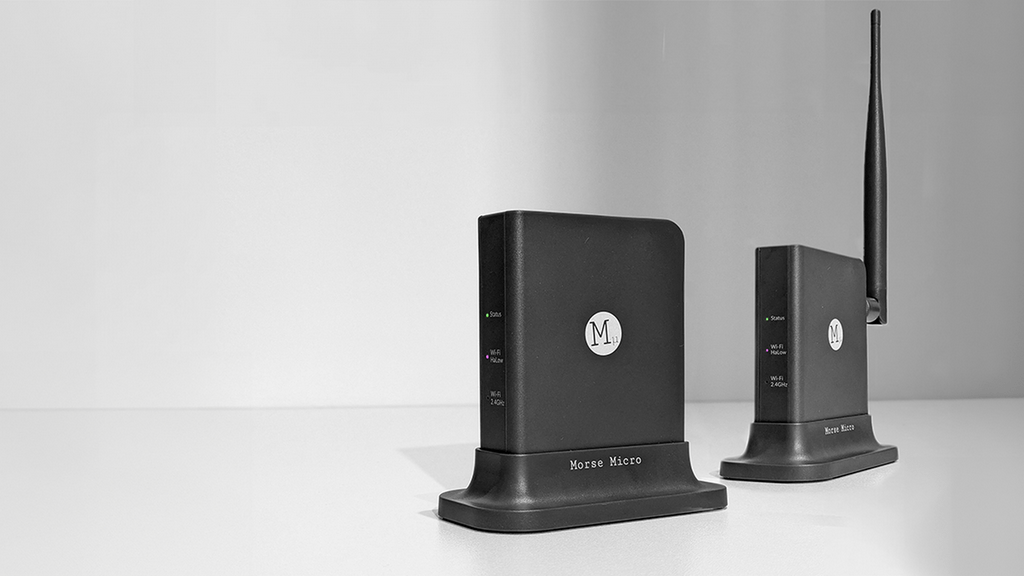Xona Space Systems has announced preparations for the launch of the first Pulsar-0 satellite as part of the SpaceX Transporter-14 mission. This will be the initial stage of creating a high-precision navigation system of a new generation, capable of providing a signal 100 times more powerful than existing GPS, and positioning with an accuracy of up to 10 centimeters.
The Pulsar system will consist of 258 satellites in low-Earth orbit, located at an altitude approximately 19,300 kilometers closer to Earth than traditional GPS satellites. According to the company's technical director, Tyler Reed, this placement will significantly improve signal reliability, reduce delays and ensure stable operation even in dense urban areas or in the area of interference.
The state-of-the-art GPS system, which has been in operation since 1993, remains a critical infrastructure for navigation, power grids, and financial markets. However, in recent years, its vulnerability to external influences — from space weather to low — cost jamming devices-has become increasingly apparent. GPS failures have already been reported at Newark, Dallas, and Denver international airports, which has fueled interest in creating alternative solutions.
The Pulsar project was originally developed as a response to the needs of the autonomous transport industry, where the current GPS accuracy-about one meter-is not enough for reliable navigation of unmanned vehicles and drones. Xona's founders, Tyler Reed and Brian Manning, proposed the concept of a low-orbit constellation to provide ultra-precise positioning and minimize delays.
The development of satellite electronics miniaturization technologies and cheaper launches made the project economically feasible. At the same time, growing geopolitical risks and large-scale failures in GPS systems have spurred interest in independent navigation platforms.
Xona's competitors include alternative solutions based on the use of Starlink satellites and ground stations. However, the key advantage of the Pulsar system remains its compatibility with existing GPS receivers, which will simplify the implementation of new technology without the need to completely replace the infrastructure.
It is expected that the launch of the first 16 satellites will provide a significant improvement in accuracy. The full deployment of the orbital constellation is planned to be completed by 2030. The Pulsar-0 satellite will become a test platform for testing technological solutions that can fundamentally change the principles of global positioning and increase the resilience of critical systems to external threats.












